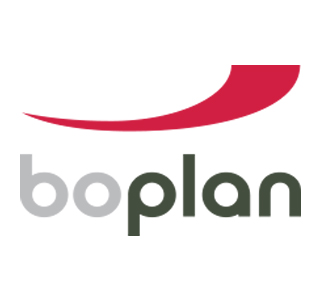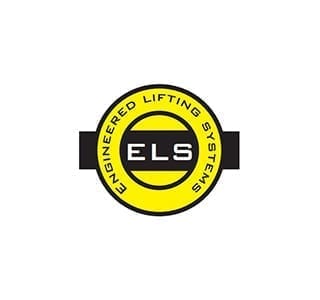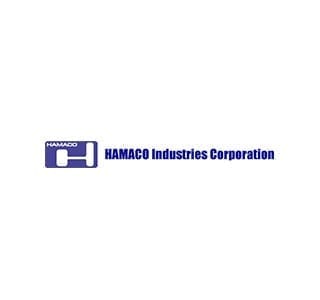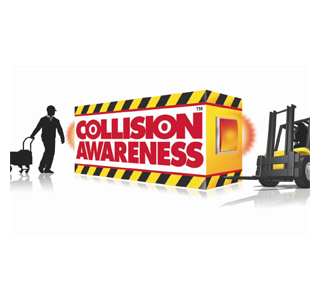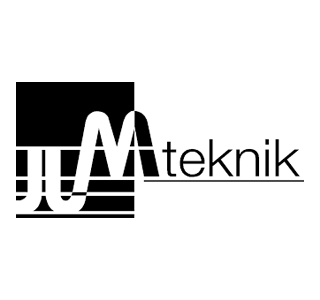Safety Matters: Best Practices for Operating Pallet Forks on the Job
In every workplace and on every worksite, safety is of paramount importance. Ensuring your team can operate in a secure and accident-free work environment is not just a legal obligation but a moral one.
Pallet forks are a crucial piece of equipment for moving and transporting goods and products around the workplace. But they do introduce a risk factor.
To help you make the most of both the utility of pallet forks, and even pallet hooks, while maintaining an impeccably safe workplace, we’ve put together this handy guide of best practices for you.
1. Inspect and Maintain Equipment
The pallet forks you use should be inspected regularly and maintained frequently. This ensures that any signs of wear and tear, damage or malfunction are identified as soon as possible and the risk of injury or accident is minimised. Even when there are no concerning signs of degradation, routine maintenance should be carried out on a rigorous schedule. Keeping everything lubricated, properly pressurised and tightened is a proactive way of taking care of your pallet forks and, in turn, your team.
2. Train Your Operators
Knowledge is power and power in this instance is maintaining a safe workplace for all. A well-trained pallet fork operator will have the skill and understanding to control this useful piece of equipment in a way that will minimise potential hazards in the work environment. It’s not just about operations either. Training your team on general OH&S best practice will help promote a safe environment and reinforce your commitment to everyone’s wellbeing.
Consider more formal or official training programs to cover the basics of operation but also load capacity awareness. Provide support in understanding the dynamics of load distribution and the potential impact on stability. Remember, these lessons and training should be regularly updated and your team given refresher sessions to make sure everyone is across necessarily updates in safety regulation or differences in equipment specifications.
3. Familiarise Yourself with OSHA Guidelines
As we mentioned above, safe operation of pallet forks and pallet hooks, as well as all Materials Handling equipment, is not just about meeting legal requirements but ethical ones as well. Nevertheless, ensuring your understanding of and compliance with relevant Occupational Safety and Health Administration (OSHA) guidelines is both non-negotiable and a good place to start. These regulations cover everything from operating practices to equipment specifications, and can help you create a truly safe workplace for the entire team.
If you’re unsure what sort of training you should be conducting or records of pallet fork inspections and maintenance you should be keeping, the OSHA guidelines are invaluable for ensuring you meet all safety, legal, regulatory and moral obligations.
4. Load Capacity Awareness and Attachment Usage
Safe pallet fork operation requires many different skills: Operation of the equipment itself, awareness of one’s surroundings, and even load capacity awareness. Exceeding specified weight limits can compromise one’s safety, the stability of the equipment and the risk of accident and injury. All operators need to be well-informed on the weight bearing capacity of the pallet forks in use.
If your team uses attachments, make sure they are properly trained in its usage to avoid loads being unbalanced and decrease the risk of accidents from occuring. Regular training and open communication are good ways to tackle this challenge.
5. Safely Handling Practices Culture
A culture of safety first is critical for ensuring safety comes first. Enforce proactive responses and communication to ensure operators operate the pallet forks at controlled speed, maintain load capacities requirements, avoid abrupt movements and keep clear visibility of their surroundings. Keeping the workplace safe and secure for everyone requires a team effort and the operations of a team begins and ends with the culture and precedent that is created.
Find Your High Quality Pallet Forms at Materials Handling
Prioritising safety requires awareness and commitment in the workplace. When it comes to pallet-moving machinery such as pallet forks, your best first step is sourcing the equipment from a reliable, reputable supplier: such as Materials Handling.
Check out our range of pallet forks and pallet hooks today to find the right equipment to help you operate safely, efficiently and productively.


